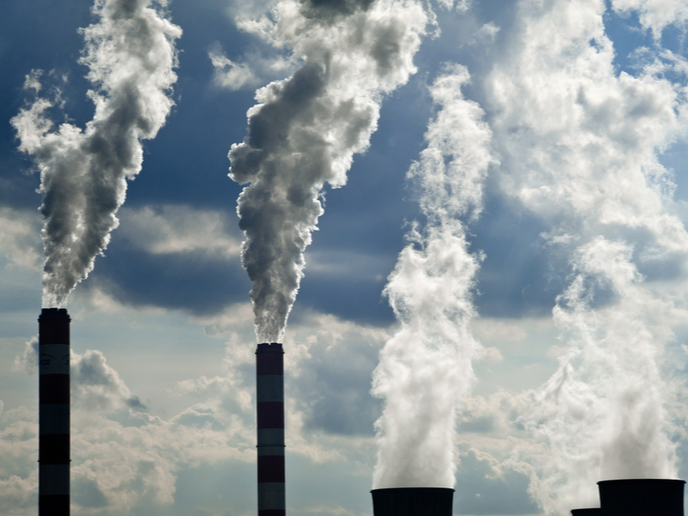No glimmer of hope? Despite slower emissions growth, CO2 levels remain high
Despite commitments to cut CO2 emissions and limit global warming between 1.5-2 °C under the Paris Agreement, fossil fuel emissions show little sign of abating. According to new estimates from a group of scientists in 2019, global emissions will grow 0.6 % year-on-year and reach 36.8 billion t of CO2, or 36.8 Gt carbon. “Fossil CO2 emissions will likely be more than 4% higher in 2019 than the year of the Paris Agreement in 2015,” as stated in the ‘Global Carbon Budget 2019’. “Global fossil CO2 emissions have risen steadily over the last decades & show no sign of peaking.” Their findings were outlined in three articles published in the journals ‘Earth System Science Data’, ‘Environmental Research Letters’ and ‘Nature Climate Change’. The studies in these articles have received support from the EU-funded projects VERIFY and CCiCC. The researchers argue that although the rate of emissions growth is lower than in the previous 2 years, global average temperatures and fossil fuel emissions continue to rise, making the goals of the Paris Agreement more difficult to achieve. “Even stable emissions at today’s rates, let alone rising ones, make temperature targets of 1.5° and 2.0 °C less likely to obtain and more challenging and expensive to reach,” they add in the journal ‘Environmental Research Letters’. Published in the journal ‘Earth System Science Data’, the ‘Global Carbon Budget 2019’ study shows that global fossil CO2 emissions continue to be dominated by China, the United States and the 28 EU Member States. These countries account for more than half of all CO2 emissions globally. In addition to China, the United States and the Member States, the top six emitters in 2018 included India, Japan and Russia.
Coal is losing steam
The burning of coal is still a major source of CO2 emissions, and was responsible for 40 % of all fossil fuel emissions in 2018, followed by oil (34 %), natural gas (20 %) and cement (4 %), according to the same report. However, coal emissions reached their highest levels in 2012 and have remained slightly lower since then, thanks to reduced consumption mainly in the United States and the EU. The sharp decline in coal use in the EU and the United States is overshadowed by surging natural gas and oil use around the world, the researchers add. In fact, increased natural gas use accounts for more than half of fossil emissions growth. Per capita emissions show variations among different nations, and despite substantial progress in reducing overall emissions in some affluent countries, their per capita emissions remain high. Quoted in a press release on the Stanford University website, Global Carbon Budget lead author Prof. Pierre Friedlingstein from CCiCC project coordinator University of Exeter, says: “Emissions cuts in wealthier nations must outpace increases in poorer countries where access to energy is still needed.” The VERIFY (Observation-based system for monitoring and verification of greenhouse gases) project is developing a system to quantify estimates of greenhouse gas emissions more accurately. The CCiCC (Climate-Carbon Interactions in the Coming Century) project aims to improve the quantitative understanding of carbon-climate interactions and projections. For more information, please see: VERIFY project website CCiCC project
Countries
France



